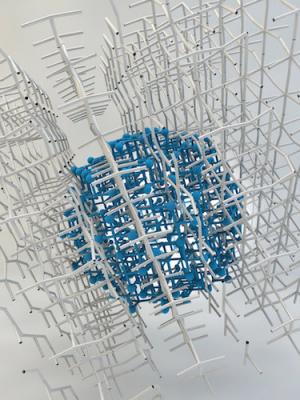Graphene-perovskite solar cells exceed 18% efficiency
A team of researchers from Italy has created hybrid perovskite-graphene solar cells that show good stability upon exposure to sunlight, while still maintaining an impressive efficiency of over 18% - the highest reported efficiency of graphene perovskite hybrid solar cells to date.
Despite tremendous progress in Perovskite PV performance, the stability of these devices is still questionable. In particular, air and humidity degrade cell performance, as do continued exposure to sunlight and heat, setting back the advantages over other types of solar cells. Graphene and graphene-related materials (GRMs) have properties that make them shine in applications like protective layers, andso arise as natural candidates to protect PSCs from atmospheric degradation.








